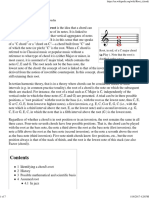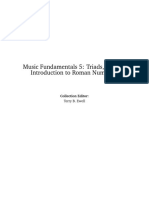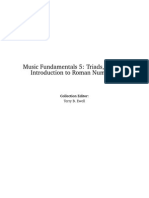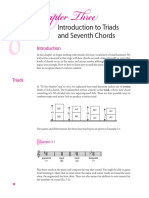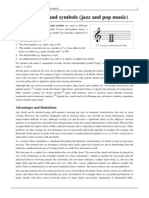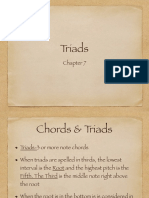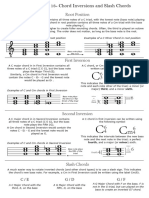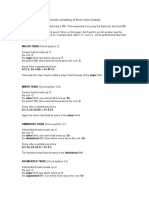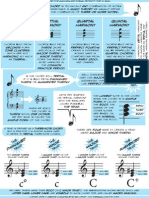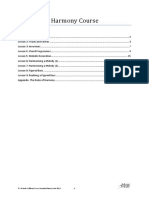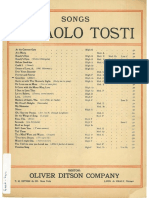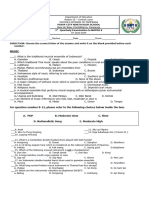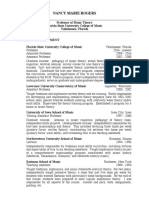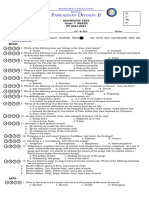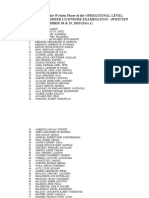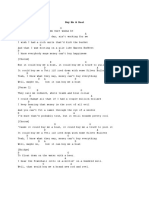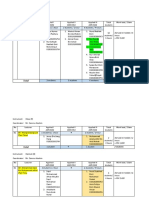0% found this document useful (0 votes)
25 views3 pagesUnit 4 Guide
This document explains the concept of triads in music, defining a triad as a three-note chord made up of stacked thirds. It details the different qualities of triads (major, minor, diminished, and augmented) and their corresponding chord symbols, as well as the importance of root position and inversions. Additionally, it provides a step-by-step process for analyzing triads, including voicing and interval identification.
Uploaded by
hannah31cCopyright
© © All Rights Reserved
We take content rights seriously. If you suspect this is your content, claim it here.
Available Formats
Download as PDF, TXT or read online on Scribd
0% found this document useful (0 votes)
25 views3 pagesUnit 4 Guide
This document explains the concept of triads in music, defining a triad as a three-note chord made up of stacked thirds. It details the different qualities of triads (major, minor, diminished, and augmented) and their corresponding chord symbols, as well as the importance of root position and inversions. Additionally, it provides a step-by-step process for analyzing triads, including voicing and interval identification.
Uploaded by
hannah31cCopyright
© © All Rights Reserved
We take content rights seriously. If you suspect this is your content, claim it here.
Available Formats
Download as PDF, TXT or read online on Scribd
/ 3


